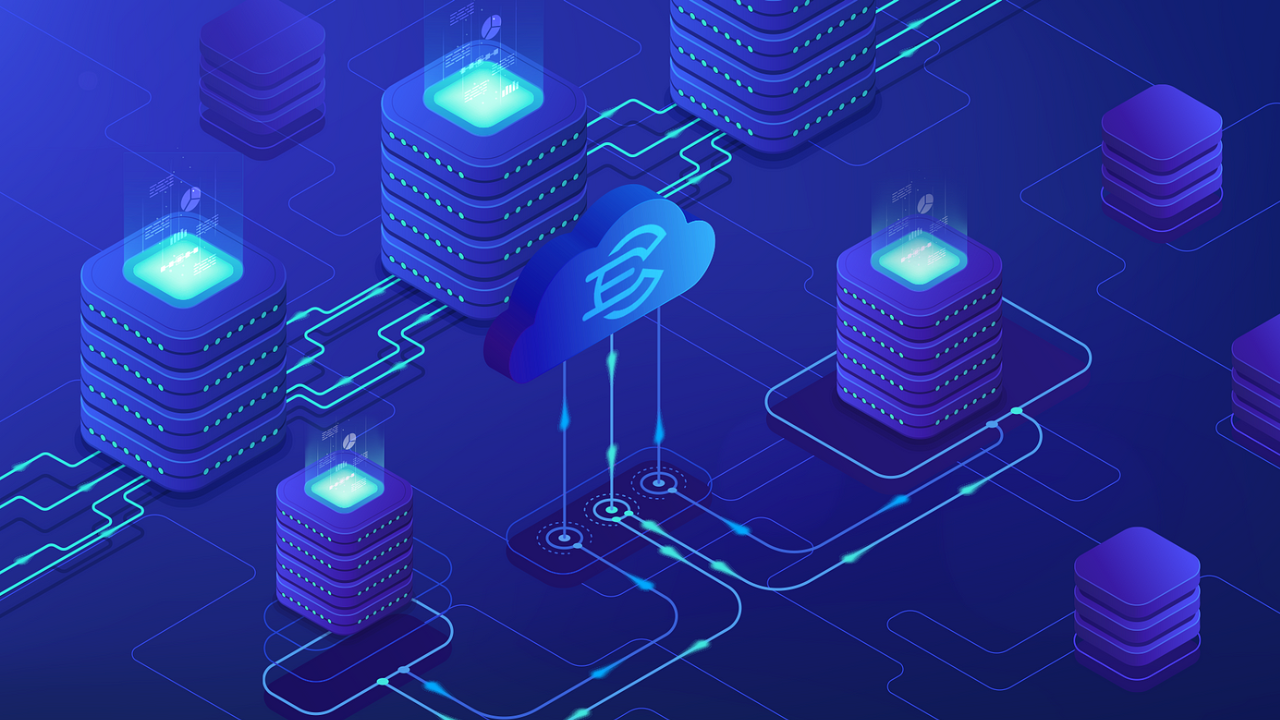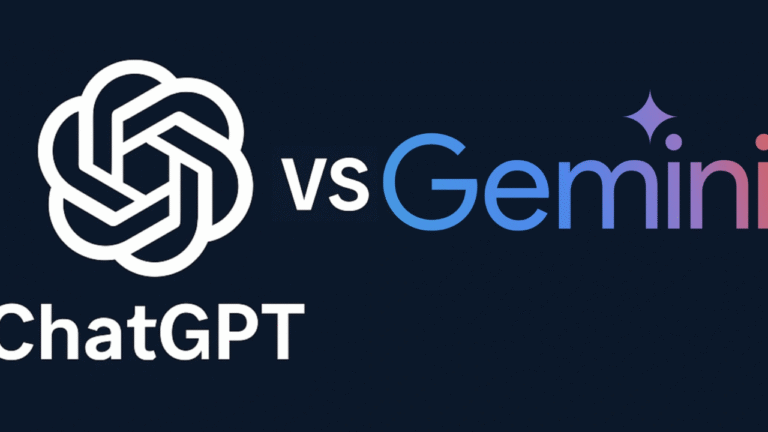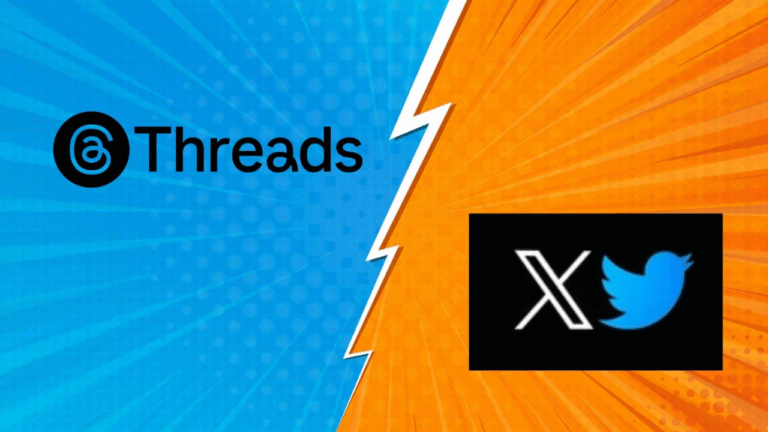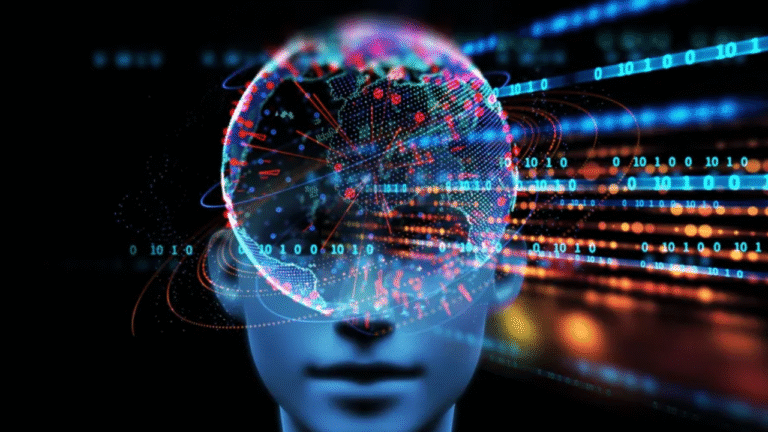The Rise of Decentralized Apps: What You Need to Know
The digital world is changing rapidly, and one of the most groundbreaking shifts is the rise of decentralized applications, commonly known as dApps. These apps are not controlled by a single authority or company. Instead, they run on blockchain networks, allowing users to interact with each other directly and securely without the need for intermediaries.
While most people still rely on traditional apps for everything from banking to social media, decentralized apps are quietly building the foundation of a new, user-first internet. In this article, we’ll explain what dApps are, why they matter, how they work, and why they could shape the future of technology.
What Are Decentralized Apps (dApps)?
At their core, decentralized apps are digital applications that run on a blockchain or peer-to-peer (P2P) network of computers, rather than centralized servers.
Here’s how they differ from traditional apps:
- No central authority controls the data or code
- Data is stored across a distributed network
- They are typically open-source and autonomous
- Smart contracts handle logic and transactions
In simpler terms, when you use a traditional app like Instagram or PayPal, a company manages your data. With a dApp, your interactions are recorded and executed directly on the blockchain.
Key Features of Decentralized Apps
Let’s explore what makes dApps unique:
1. Transparency
Every transaction is logged publicly on the blockchain. This builds trust among users because nothing is hidden.
2. Security
Because dApps operate on a decentralized network, they are generally harder to hack. There’s no single point of failure.
3. User Ownership
In a dApp, users often control their own data and digital assets. For example, in decentralized finance (DeFi), users can manage funds without a bank.
4. Token Incentives
Many dApps reward users with tokens or cryptocurrency for participating, contributing, or validating transactions.
5. Open Source
Most dApps are built with open-source code. Developers and users can inspect how the app works and even contribute to improvements.
Popular Use Cases of dApps in 2025
As of today, there are thousands of decentralized apps, with new ones launching every month. Here are some of the most exciting real-world use cases:
1. Finance (DeFi)
Decentralized Finance apps like Uniswap, Aave, and Compound allow users to lend, borrow, and trade cryptocurrencies without traditional banks. The DeFi market has grown into a multi-billion dollar industry.
2. Social Media
Apps like Lens Protocol, Mastodon, and Farcaster are creating decentralized alternatives to Twitter and Instagram. These platforms aim to give users control over their data and content moderation.
3. Gaming
Blockchain-based games such as Axie Infinity and Gods Unchained use dApps to power in-game economies and NFT-based assets. Players actually own the items they earn or buy.
4. Marketplaces
Platforms like OpenSea and Rarible enable users to buy, sell, and trade digital art and NFTs directly without a central authority.
5. Identity and Privacy
Apps like Spruce and Civic allow users to manage digital identity credentials across platforms in a decentralized way.
Why Are dApps Becoming So Popular?
There are several reasons why decentralized applications are on the rise:
– Distrust of Big Tech
With ongoing scandals involving user data misuse by major corporations, people are looking for more secure, private alternatives.
– Blockchain Adoption
As blockchain technology becomes more accessible, developers are finding it easier to build scalable dApps with user-friendly interfaces.
– Financial Independence
Many dApps enable people to earn, trade, and manage assets without banks, especially in regions with unstable economies.
– Global Accessibility
All you need is an internet connection and a crypto wallet. No need for traditional sign-ups, credit checks, or regional restrictions.
Challenges Facing Decentralized Apps
Despite the promise, dApps still face several obstacles:
1. User Experience
Many dApps are still not as user-friendly as their centralized counterparts. Wallet integrations, gas fees, and blockchain jargon can confuse new users.
2. Scalability
Some blockchains, like Ethereum, still struggle with network congestion and high fees. Though solutions like Layer 2 scaling are improving this.
3. Regulatory Uncertainty
Governments around the world are still figuring out how to regulate dApps, especially those dealing with finance and digital assets.
4. Security Risks
Smart contracts can contain bugs. If not audited properly, these flaws can be exploited, leading to major financial losses.
How to Get Started with dApps
If you’re curious about exploring decentralized apps, here’s a simple way to get started:
- Set Up a Crypto Wallet
Tools like MetaMask or Trust Wallet will let you interact with blockchain networks. - Buy Some Cryptocurrency
You’ll typically need Ethereum or another token to pay gas fees or interact with dApps. - Choose a dApp Platform
Use aggregators like DappRadar or CoinGecko to explore dApps by category. - Start Small
Whether you want to try a decentralized exchange or a social media app, begin with a low-risk activity to get used to how things work.
What’s Next for dApps?
Experts predict that by 2030, decentralized apps will be as common as traditional apps — maybe even more so. As developers solve current challenges around speed, cost, and usability, we’ll likely see mass adoption.
Some of the expected innovations include:
- AI-powered decentralized platforms
- Cross-chain interoperability
- Integration with real-world assets like property and contracts
- Decentralized versions of popular apps like YouTube, Uber, and Spotify
The long-term vision is a more open, fair, and user-controlled internet, often referred to as Web3.
Final Thoughts
The rise of decentralized apps signals a major shift in how we use technology. Unlike traditional apps controlled by corporations, dApps give power back to users through transparency, control, and financial independence.
While there are still hurdles to overcome, the momentum is undeniable. Whether you’re a developer, investor, or everyday internet user, it’s worth learning how decentralized applications work — because they might just be the future of the digital world.If you’re not using dApps yet, now might be the perfect time to start.





